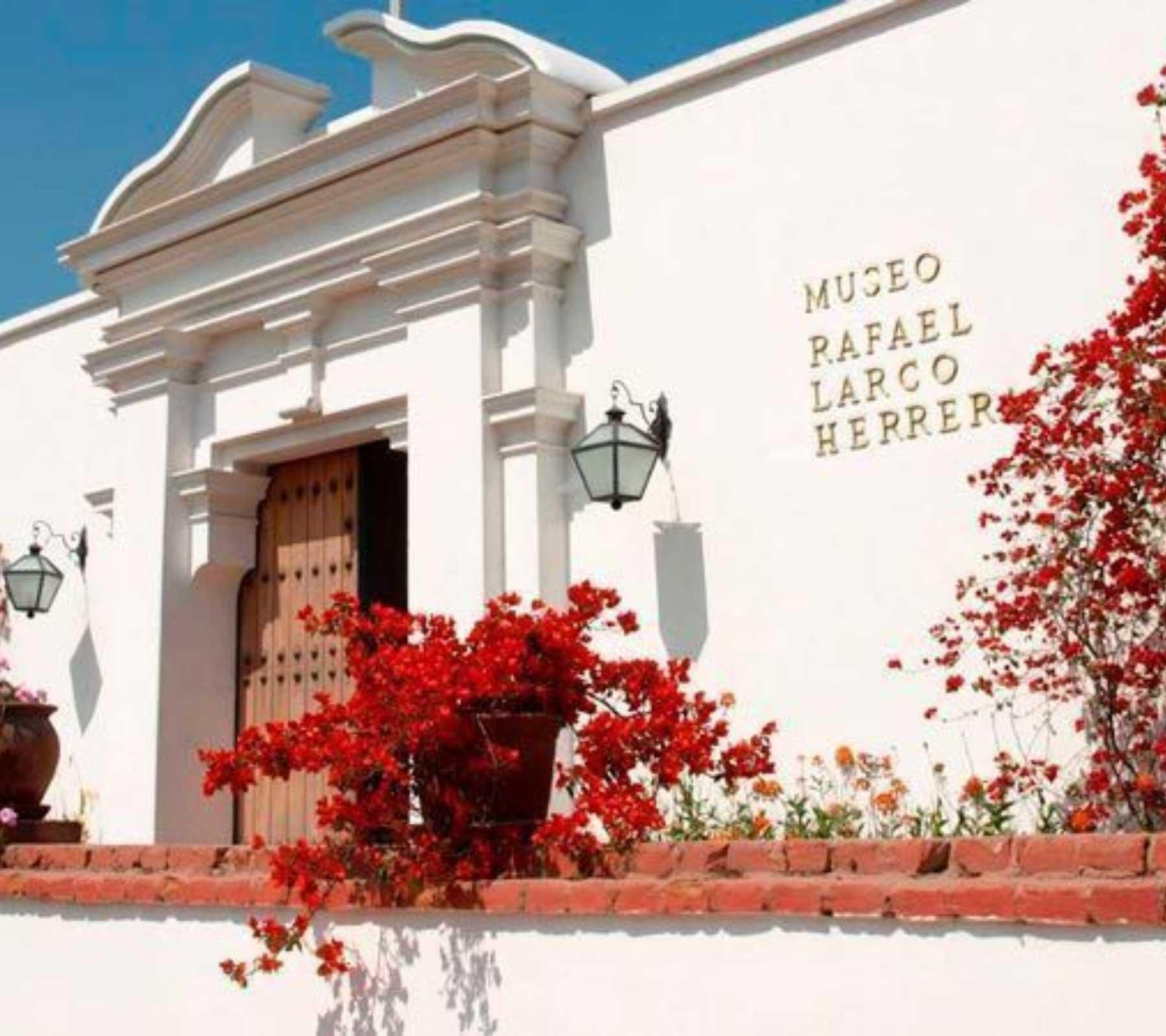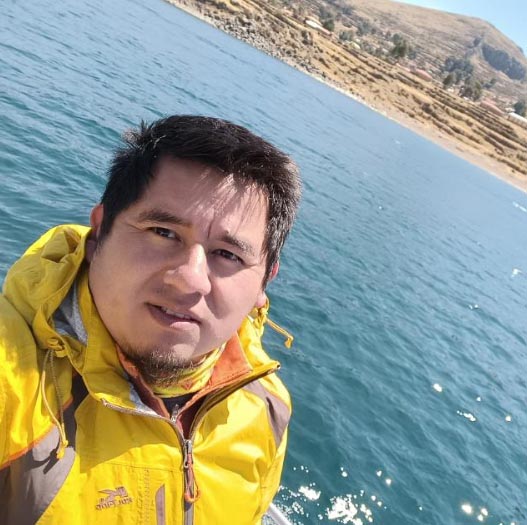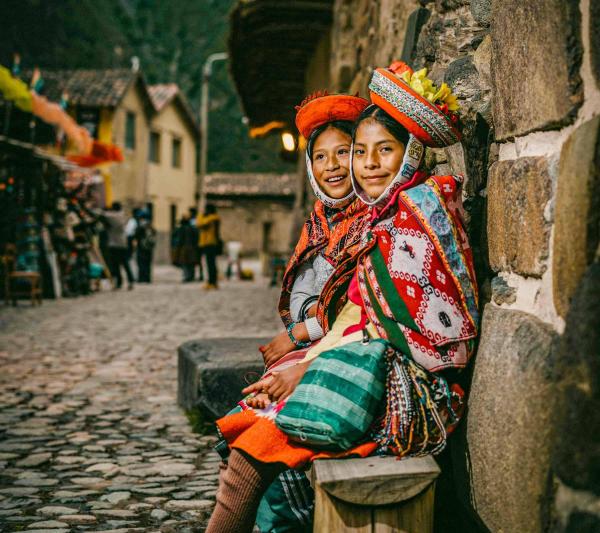The Larco museum is one of the most important in the city of Lima. It exhibits ceramics, textiles, gold, silver objects and more; from the beginnings of civilization in Peru to the immense Inca empire. It stands out for its collection of 'portrait huacos' from the Mochica culture. Also for its spacious and educational rooms. It was founded in 1926 by archaeologist Rafael Larco Hoyle, making it one of the oldest museums in the country. It can be visited from Monday to Saturday from 11 am to 7 pm.
Founded in 1926 by Peruvian archaeologist Rafael Larco Hoyle, the Larco Museum invites visitors to discover more than 5,000 years of history of ancient Peru, through a fascinating collection of pre-Columbian art of more than 45,000 pieces.
Surrounded by beautiful gardens, the museum is located in an 18th century viceregal mansion, in the Pueblo Libre district, Lima. This inspiring space houses the most extraordinary collection of gold and silver from ancient Peru, as well as its famous collection of pre-Columbian erotic art.
Its visitable deposit is unique in Peru and one of the few in the world open to the public, where walking among thousands of carefully classified archaeological ceramic pieces becomes a unique experience. The pieces from the Larco Museum have been exhibited in the most prestigious museums in the world and are considered icons of pre-Columbian art worldwide.
Description
The Rafael Larco Herrera archaeological museum exhibits one of the most complete collections of pre-Columbian art in Peru.
It was founded in 1926 by the Peruvian archaeologist Rafael Larco Hoyle, who donated part of his private collection to form the beginnings of the museum.
It is one of the oldest museums in the country. Its most famous collections are its gold and silver objects as well as a collection of 'erotic huacos', coming mainly from the Mochica culture.
The objects exhibited cover five thousand years of pre-Columbian Peru's history. Ceramics from the Mochica cultures stand out as well as textiles from the Nazca culture. Of course it also exhibits objects from the Inca empire.
It has a permanent exhibition room as well as a room that shows an 'erotic gallery'. It also has a garden area and a cafeteria.
The museum is the first to publish an online catalogue. It also offers publications and an important research area.
The museum lends part of its collection to some rooms abroad as well as to the Museum of Pre-Columbian Art in the city of Cusco.
Location
The museum is located at 1515 Simón Bolívar Avenue in the Pueblo Libre district.
How to get there?
The museum is 6.3 kilometers from the center of Lima and 9 kilometers from the Miraflores district, where most tourists stay.
To get there it is a good option to take a taxi (trip price between 5 and 10 dollars).
Another option is to take public transportation. From Miraflores you can take the 'IO-89' bus line. The trip lasts almost 1 hour.
Rafael Larco Hoyle
The museum is named after the important Peruvian archaeologist Rafael Carlos Víctor Constante Larco Hoyle (1901 – 1966). He was the son of the famous businessman, politician and philanthropist Rafael Larco Herrera.
He completed his secondary and higher education abroad. He returned to Peru in 1923 as president of the hacienda that his family inherited. From a very young age he became interested in archaeology, mainly influenced by the collection of pre-Columbian ceramics that his father owned.
Over the years he inherited and acquired different collections of art from ancient Peru. Thus, in 1926 Rafael Larco Hoyle gathered more than 45 thousand archaeological pieces to found the Larco Museum in Lima.
The first object in the museum was a Mochica portrait that was a gift from his father Rafael Larco Herrera in 1923.
Rafael Larco Hoyle also stood out for his important research on archaeology. His research focused mainly on the cultures of the northern coast of Peru: Mochica, Chimú, Cupisnique, Salinar and more.
In 1953 the sugar business made him move from the Chiclín hacienda in the north to the city of Lima. The transfer included the numerous collection of archaeological objects that were placed in the colonial house of Pueblo Libre, where they continue to this day.
The museum rooms
The museum has a permanent exhibition room as well as a special room for 'erotic huacos'.
Permanent exhibition: Introduction room: This first room summarizes the tour of the museum, from the first inhabitants of ancient Peru to the time of the Incas. A few steps away there is a 'video room' and a 'library'.
Rooms of the cultures of ancient Peru: The following rooms (2, 3, 4 and 5) show a chronological development of the cultures of ancient Peru. Highlights include the exhibition of the 'Pacopampa stele', the 'journeys of Aia Apaec', a display case with 'Mochica portrait bottles', the 'Nazca Drum' and more.
Room of textiles from ancient Peru: The next room (6) exhibits beautiful textiles from ancient Peru, mainly from the Paracas culture. Next to this room there is an exhibition called 'Syncretism', which presents works by Peruvian artists influenced by European techniques.
Sacrifice ceremony room: This room (7) shows various artifacts used in sacrificial ceremonies, mainly in the Mochica culture. A ceremonial glass stands out in which shapes alluding to death can be seen. The Mochicas performed human sacrifice rituals.
Room of ceremonial containers: The next room (8) exhibits ceremonial containers related to the cult of fertility, human sacrifice and the cult of the gods. One of the most emblematic pieces is a container from the Chimú culture, made of gold and silver.
Ritual War and Music Room: The Ritual War and Music Room (9) displays various objects, mainly gold and silver, that were used by the cultures of ancient Peru for war ceremonies. These also included musical instruments such as drums, whistles, quenas, antaras and more.
Death room in ancient Peru: The next room (10) shows all the utensils used by the cultures of ancient Peru during religious ceremonies related to death. For many cultures, life and death were a transition to a higher life. In the room, a funerary bundle and gold mask from the Huari culture stands out.
Gold and jewelry room: The last rooms (11, 12 and 13) exhibit pieces of great value as they are, for the most part, gold and silver jewelry that adorned the rulers' clothing. They include necklaces, bracelets, rings, ear muffs, funerary headdresses, nose rings, pectorals and even the famous nose rings from the Mochica culture.
Exhibition of erotic huacos: This room is also called 'Erotic Room' as it is made up of the famous 'erotic huacos' of the Mochica culture and other civilizations of the north coast in ancient Peru:
These are the objects on display:
Room of the female body and motherhood: This room shows ceramics with representations of women's genitals. Objects stand out such as: 'the Mochica bottle representing female genitals', 'breastfeeding women', 'women in labor' and more.
Room of sexual union and fertility: This room exhibits ceramics that represent the sexual act and the cult of fertility. These unions did not always have the purpose of procreating. For example, representations of anal sex, fellatio and more. They stand out: the 'primal copulation', 'the union between Aia Paec and a woman', the copula in paccha Recuay' and more.
Below World Room: This room shows the sexual relationship between the living and the dead (the world below). For the Moche, the people who inhabited the world of the dead were sex addicts who related not only to each other, but also to the people of the world of the living. Ceramics stand out such as 'masturbatory sexual activity', 'scenes of sexual interaction with a Mochica ancestor', 'dead people playing instruments' and more.
Non-reproductive sexual union room: This room shows sex scenes with a non-reproductive purpose such as fellatio, anal sex and even masturbation. Research relates this practice to the cult of the world of the dead present in the earth, rain, rivers, etc. In this room, ceramics stand out such as: the 'Sexual Tinkuy', 'non-reproductive sexual activity', the 'woman fulfilling a predominant role in sexual union'.
Room of the male body and sexual propitiation: The ceramics in this room represent the male body initiating the sexual act with kisses, caresses and touching the female body. Ceramics stand out such as: 'Mochica bottle representing male genitalia', 'Mochica fellatio scenes', 'representation of female genitalia', etc.
Other services
The Larco Museum in Lima also has a video room, a research room as well as a large and pleasant cafeteria.
The establishment also offers belongings custody service, free Wi-Fi, exhibitions in different languages, public telephone, parking service, toilet services as well as the Larco museum boutique store.
Price of admission
This is the cost of the museum entrance ticket:
- Adults: 35 Peruvian soles.
- Adults over 60 years of age: 30 Peruvian soles.
- University, secondary and primary students: 17 Peruvian soles.
- Children up to 8 years old: free.
You can buy tickets at the museum door or online through the museum's website.
Opening Hours
The museum's opening hours are Monday to Saturday from 11 in the morning to 7 at night.
More information
The museum has ramps and easy access for people in wheelchairs, strollers and even guide dogs.
Non-professional photographs (without flash) are allowed inside the museum's exhibition rooms. However, the use of tripods, selfie sticks and other implements for a professional production are not permitted.
Take advantage of your visit to the city of Lima to visit other museums such as: the Pachacamac site museum, the Lima art museum (MALI), the Huaca Pucllana site museum, the national museum of archeology, anthropology and history of the Peru, etc.
The museum's website also has an 'online catalog' that is freely accessible to anyone. By requesting permission by email you can also access the collection for research purposes.
Other interesting blogs:
- Where is Machu Picchu?
- Machu Picchu Tickets: Upgrade guide 2024
- Skylodge Adventures Suites
- Machu Picchu Weather
If you want to live this great experience do not hesitate to contact us. Reserve our guided trips to Machu Picchu by contacting our travel experts and you will be closer to completing your adventure:






